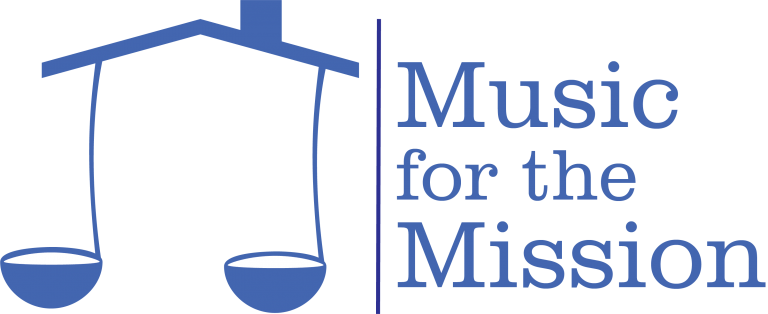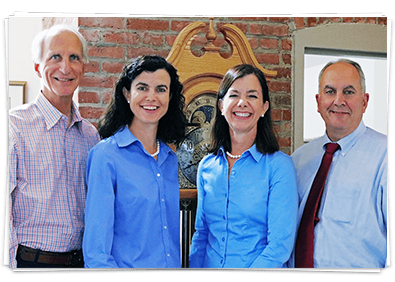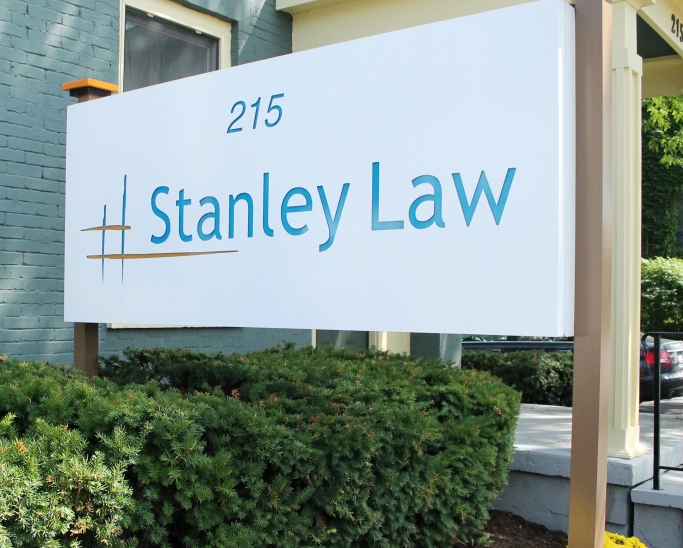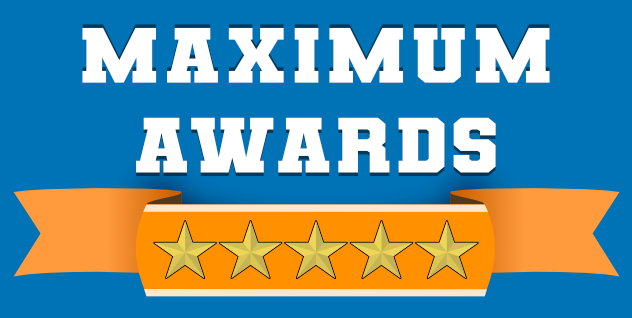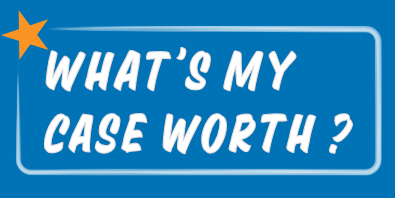Have You Been Injured After a Slip and Fall?
Conditions that cause Slip and Fall Accidents
Slip and fall accidents are common occurrences in New York, with numerous factors contributing to their prevalence. These accidents can happen anywhere, including private properties, public spaces, workplaces, and commercial establishments. Here are some reasons why slip and fall accidents are frequent in New York:
- Weather Conditions: New York experiences a range of weather conditions throughout the year. Harsh winters bring snow and ice, which can create slippery surfaces on sidewalks, parking lots, and entryways. Even during other seasons, rain or wet conditions can make surfaces slippery, increasing the risk of slip and fall accidents.
- High Foot Traffic Areas: Areas of high foot traffic, combined with a constant flow of pedestrians, increases the chances of slip and fall accidents. Uneven pavement, debris, or other hazards on busy sidewalks can pose a significant risk to pedestrians.
- Construction Sites: New York is often filled with ongoing construction projects. Construction sites can be hazardous, with uneven surfaces, loose materials, and debris. Failure to properly secure construction zones or inadequate warning signage can lead to slip and fall accidents, especially for pedestrians walking near these sites.
- Negligent Maintenance: Property owners have a legal duty to maintain their premises in a safe condition. However, inadequate maintenance practices can result in hazardous conditions. For example, failure to promptly address spills, repair broken stairs, or maintain walkways can contribute to slip and fall accidents. Negligent maintenance is a common cause of these accidents in New York.
- Uneven Surfaces and Hazards: New York’s older infrastructure can have uneven sidewalks, cracked pavements, or potholes that pose tripping hazards. Additionally, improperly maintained staircases, loose handrails, or inadequate lighting can increase the risk of slip and fall accidents in buildings and public spaces.
- Public Transportation: Buses can also be a source of slip and fall accidents. Slippery floors, uneven platforms, or inadequate warnings can lead to accidents and injuries, particularly during rush hours when these systems are crowded.
- Negligence and Lack of Warning Signs: In some cases, slip and fall accidents occur due to the negligence of property owners or occupiers. Failure to clean up spills, remove obstacles, or provide proper warning signs can create hazardous conditions and increase the likelihood of accidents.
It’s important to note that each slip and fall accident is unique, and liability can vary depending on the circumstances. To pursue a personal injury claim following a slip and fall accident, it is advisable to consult with an experienced attorney who can assess the case, gather evidence, and determine the best course of legal action.
To prevent slip and fall accidents, both individuals and property owners should exercise caution, promptly address hazards, and take necessary safety measures, such as ensuring proper lighting and clear signage. Public awareness campaigns and proactive maintenance practices can also contribute to reducing the incidence of slip and fall accidents in New York.
Premises liability laws in New York
Premises liability law in New York state governs the legal responsibilities of property owners and occupiers to ensure the safety of individuals who enter their premises. This area of law holds property owners accountable for injuries or accidents that occur due to hazardous conditions or negligent maintenance on their property. Here is a summary of premises liability law in New York state:
- Duty of Care: Property owners and occupiers in New York have a legal duty to maintain their premises in a reasonably safe condition and to warn visitors of any known hazards. This duty applies to both residential and commercial properties and extends to invitees, licensees, and sometimes even trespassers, depending on the circumstances.
- Types of Visitors: New York recognizes different categories of visitors. Invitees are individuals who enter a property for a business purpose, such as customers or clients. Property owners owe invitees the highest duty of care and must ensure their safety by addressing any known hazards. Licensees are individuals who enter a property for their own purposes, such as social guests. Property owners have a duty to warn licensees about any hidden dangers but may not be responsible for addressing them. Trespassers are individuals who enter a property without permission. Property owners generally have limited duty to trespassers, but they cannot intentionally cause harm.
- Hazardous Conditions: Property owners must take reasonable steps to identify and address hazardous conditions on their premises. This includes maintaining the property, repairing defects, and promptly addressing any known hazards. Hazards can include slippery floors, broken stairs, inadequate lighting, falling objects, or other dangerous conditions that may cause harm.
- Notice: In premises liability cases, the concept of notice is crucial. Property owners may be held liable if they knew or should have known about a hazardous condition but failed to take appropriate action to address it. Actual notice refers to a property owner’s knowledge of a specific hazard, while constructive notice refers to the idea that the property owner should have known about the hazard through reasonable inspections or regular maintenance practices.
- Comparative Negligence: New York follows a comparative negligence system, which means that the responsibility for an accident can be shared between the property owner and the injured party. If the injured party is found partially at fault, their compensation may be reduced based on their degree of fault.
- Statute of Limitations: In New York, there is a statute of limitations that sets a time limit within which a premises liability lawsuit must be filed. Generally, individuals have three years from the date of the injury to bring a claim. It is important to consult with an attorney promptly to ensure compliance with the applicable statute of limitations.
Understanding premises liability law in New York state is essential for property owners, occupiers, and those who have suffered injuries on another person’s property. Consulting with an experienced personal injury attorney is recommended to navigate the complexities of premises liability claims and seek appropriate compensation for injuries and damages.
Help with Slip and Fall accident lawsuits
The Stanley Law Offices is an experienced firm that focuses on accident and injury cases in New York and Pennsylvania. All of the above conditions apply to the law in New York. Pennsylvania law varies from New York and the team is well-versed in both and can explain to you when you call. The Team provides advice after any slip, trip, or fall accident that causes serious personal injury.
Firm contact info:
